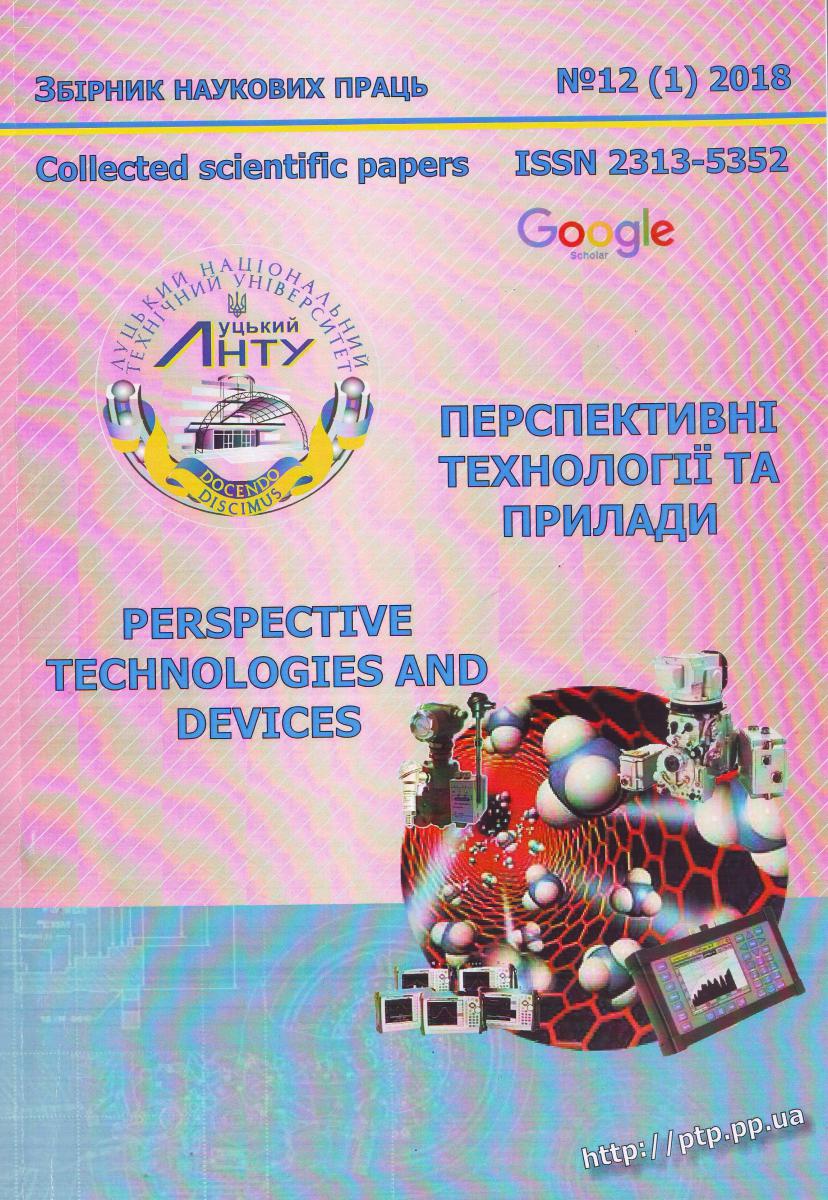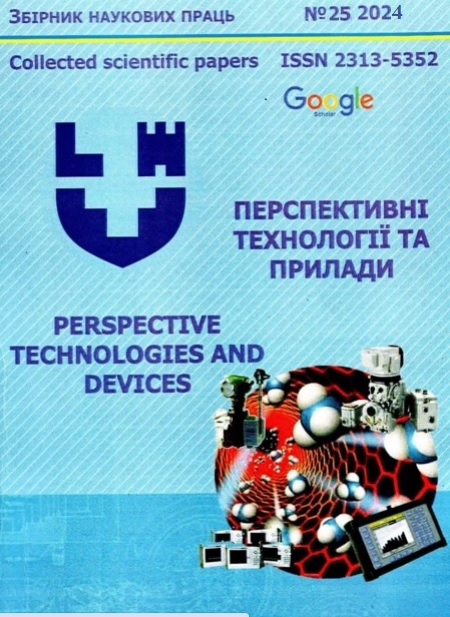APPLICATION OF PLASMONICS FOR ASSESSING WATER PURIFICATION EFFICIENCY
Abstract
This paper examines the use of plasmonic sensors for evaluating the efficiency of water purification processes after filtration. Particular attention is given to the advantages of this method compared to traditional approaches, as well as the possibility of its implementation for real-time monitoring. The results demonstrated the effectiveness of filtration devices based on activated carbon and ion-exchange resins in purifying tap and artesian drinking water. The resonance angle for artesian drinking water after filtration changed by a factor of 2.5, and for tap water after filtration, it changed by nearly 7 times. The reduction in salts in the samples was confirmed by a decrease in electrical conductivity. Experimental studies revealed that after filtering tap water, the ammonium content increased twofold, which may be associated with the accumulation of organic or inorganic substances in the sample over time, creating favorable conditions for bacterial activity. This finding indicates the need for additional water purification methods targeting microorganisms, beyond chlorination. The research highlights the potential of using plasmon resonance-based sensors to evaluate water purification efficiency and to monitor the effects of various disinfection methods.


 https://scholar.google.com.ua/citations?
https://scholar.google.com.ua/citations?

